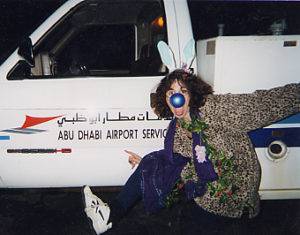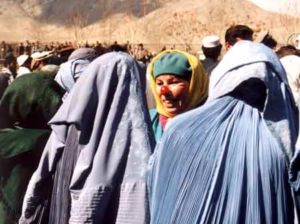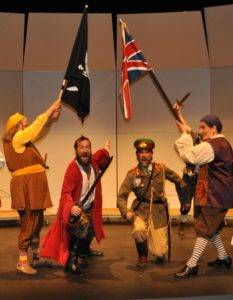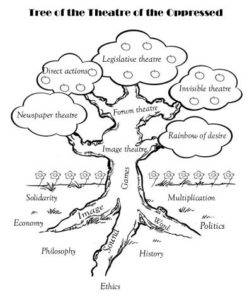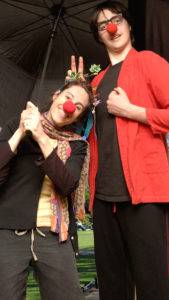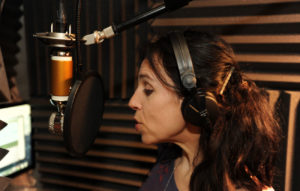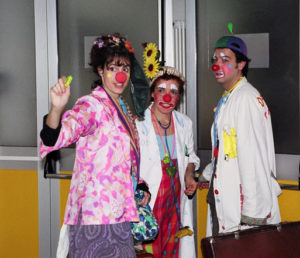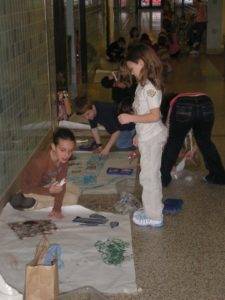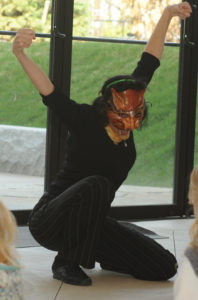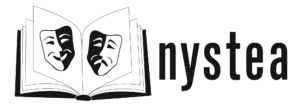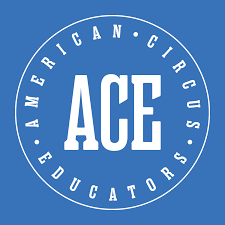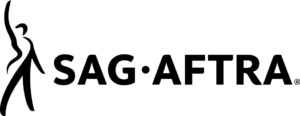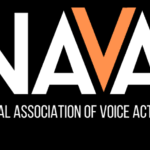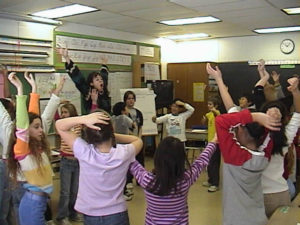
Theatre Workshops and Kids with Autism = AWESOME
In June, I had the amazing opportunity to work with 3 Tier Consulting (http://3-tier.org/home/ check out some of their amazing blogs and work) and some fabulous kids who are also kids with Autism or Asperger’s Syndrome. We were doing theatre/dramatic play/acting and playbuilding exercises and games, partly because yes, those skills are what those kids need to analyze and memorize social cues and responses, but also because it’s fun and develops social awareness for anyone! Were they scared at first? HECK yes. Another opportunity to not understand what is going on and feel out of place. Great. But once they
